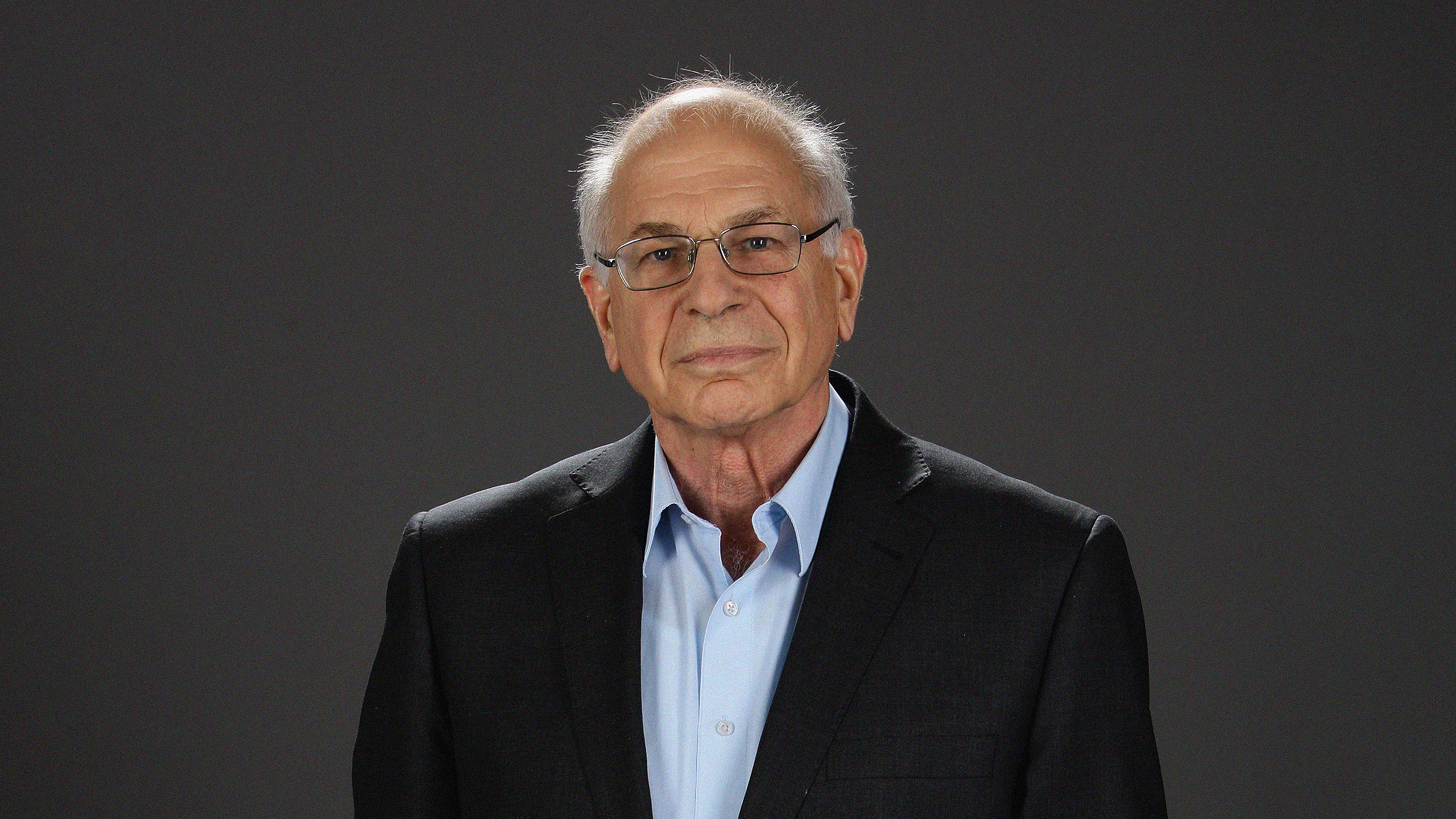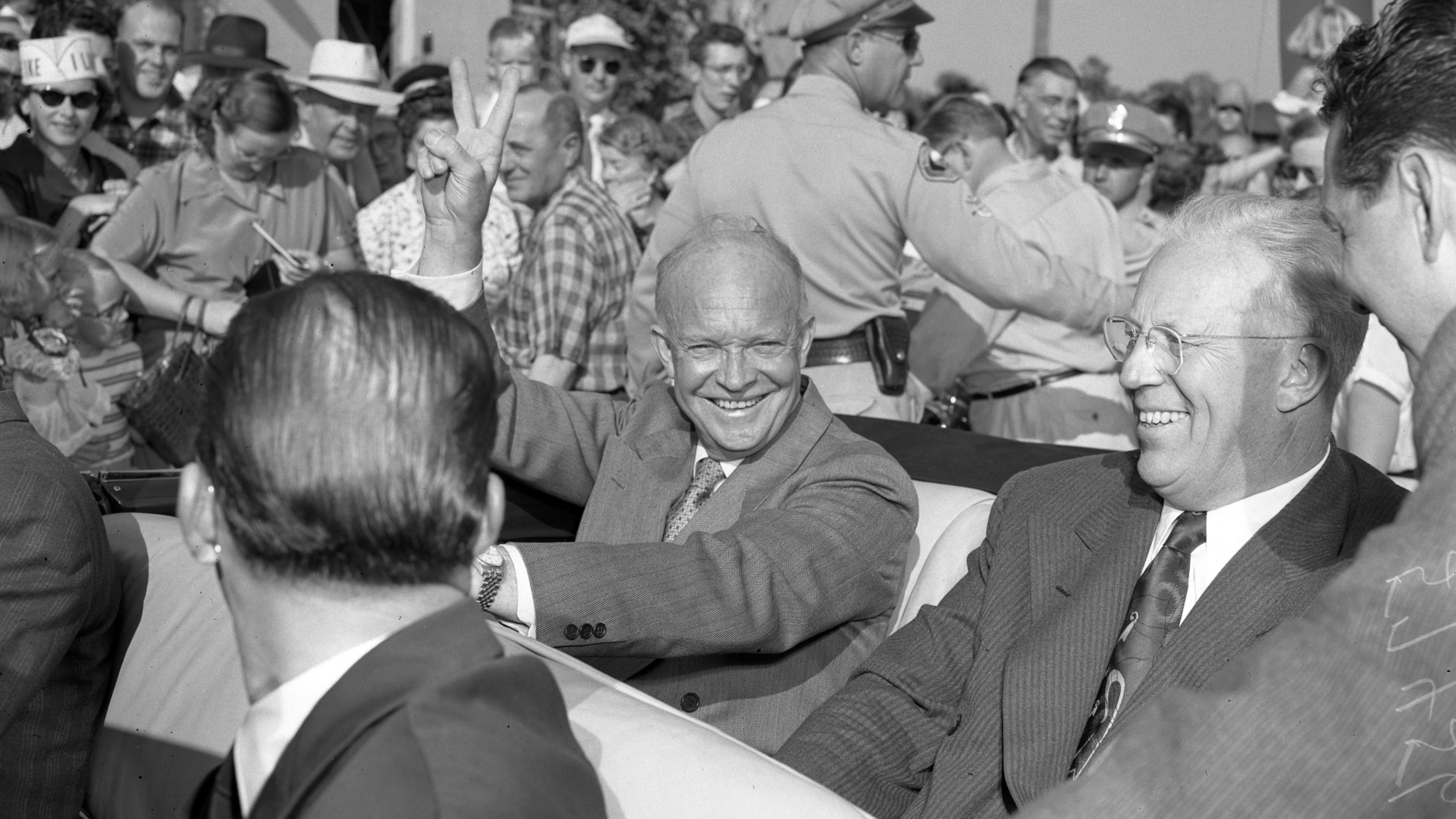7 of the most interesting fictional drugs

- Fictional drugs are a major part of the lore and foundation for many science fiction stories.
- The unique effects they have on their characters is an interesting new way to explore important issues.
- Many of these fictional drugs are synonymous with the stories that have been told.
Fiction writers have always been good at whisking us away to strange and new alien worlds, places we’ve never dreamed of and that would never have seen the light of day if they had not been coaxed from the author’s wild imagination to carve out space forever in readers’ minds. But new worlds aren’t the only novel things that can be laid to the page.
Fictional drugs explore a highly important dimension of minds, societies, and what it means to be human or sometimes something else entirely.
The following are some of the most mind-bending and reality-shattering fictional drugs.
Soma – Brave New World by Aldous Huxley
Soma derives its name from the ancient and legendary psychedelic plant used in Indian religious ceremonies. Author Aldous Huxley, profound philosopher and dabbler in altered states of consciousness, created one of fiction’s most memorable drugs.
Soma is used to pacify an entire population in Brave New World. The World State’s populace is split into uniform castes, cloned and grown from vats, and they all lovingly accept their servitude and uniformity. And it’s all thanks to Soma. The wonder drug and means of control for all castes in society has variable affects at different dosages:
..there is always soma, delicious soma, half a gramme for a half-holiday, a gramme for a week-end, two grammes for a trip to the gorgeous East, three for a dark eternity on the moon…
Like a mix between television and religion, Soma quells the masses with ease.
Tasp – Ringworld by Larry Niven
In the futuristic alien world of Larry Niven’s Ringworld, the Tasp is device and drug of sorts wielded by a three-legged alien race known as the puppeteers. When attached to a human or other species, the device fires off a beam that stimulates the pleasure centers of the brain.
You’d think such an overload of ecstasy and pure exaltation of joy would be welcomed by the inhabitants of Niven’s fictional universe. But to the contrary, it’s used as a means of control and a threat. Enough of a tasp exposure and you’ll be the unwitting slave to whoever wields it. In a conversation between a puppeteer named Nessus and a Kzin, an eight-foot bipedal feline, the threat is made to use the tasp if the beast gets out of line. Later in the story, it is done:
But Nessus zapped him with a surgically implanted tasp, reducing Speaker to helpless ecstasy, and Louis disarmed the Kzin. Nessus warned Speaker he would use the tasp whenever he felt menaced. Speaker replied he would not again threaten the Puppeteer; a prideful Kzin would not shame himself with addiction to a tasp.
Penfield Mood Organ – Do Androids Dream of Electric Sheep by Philip K. Dick
The Penfield Mood Organ is an ingenious invention of author Philip K. Dick. In the novel that Blade Runner was very loosely based on – Do Androids Dream of Electric Sheep – there exists a device in the opening scenes that the characters can use to tune their thoughts.
It isn’t clear how the mood organ works, but it seems that some kind of wave affects certain parts of the brain. Here is an excerpt from the book when Rick Deckard is arguing with his wife about the right mood to tune into:
At his console he hesitated between dialing for a thalamic suppressant (which would abolish his mood of rage) or a thalamic stimulant (which would make him irked enough to win the argument).
“If you dial,” Iran said, eyes open and watching, “for greater venom, then I’ll dial the same.”
‘So I left the TV sound off and I sat down at my mood organ and I experimented. And I finally found a setting for despair… So I put it on my schedule for twice a month; I think that’s a reasonable amount of time to feel hopeless about everything…’
One hilarious example of the mood organ is when they dial 888, which gives its users “the desire to watch TV, no matter what’s on it…”
Philip K. Dick also explored this idea in other books with the concept of the empathy box, which religious adherents used to let their followers experience their savior’s apotheosis.
“An empathy box,” he said, stammering in his excitement, “is the most personal possession you have. It’s an extension of your body; it’s the way you touch other humans, it’s the way you stop being alone.”
Water of the River Lethe – Aeneid by Virgil
Long before there was Soma, humans have dreamed of chemical means of suppressing and changing the nature of our thoughts. In the great Latin epic poem, the Aeneid, Virgil tells the story of the wandering Aeneas. At one point in the story he comes across the water from the River Lethe, one of the first known fictional drugs.
On the edge of the Elysian Fields of Greek eternity, Lethe water grants its users forgetfulness and erases their memories. It was a form of cleansing if you wished to be reincarnated — you had to leave your past thoughts and experiences behind in order to know the divine. In a beautiful quote in The Magic Mountain, Thomas Mann elucidates and expands on this concept:
Space, like time, gives birth to forgetfulness, but does so by removing an individual from all relationships and placing him in a free and pristine state — indeed, in but a moment it can turn a pedant and philistine into something like a vagabond. Time, they say, is water from the river Lethe, but alien air is a similar drink; and if its effects are less profound, it works all the more quickly.
Beta-phenethylamine – Neuromancer by William Gibson
William Gibson’s seminal cyberpunk work Neuromancer is jam-packed with uppers, downers, zoomers and electronic bloomers. Early in the book, Case (a virtual reality hacker extraordinaire and junkie) undergoes surgery so he can get booted back into the virtual world. During that surgery, they also give him a new pancreas and plugs in his liver that stop him from getting high on his usual round of super amphetamines.
When visiting Freeside, a Vegas-in-Space, Case meets a woman named Cath, a junkie who seems to be permanently spaced and jacked up on some majorly powerful drugs. She gives him something called beta-phenethylamine. Ecstatic bouts and super energy are followed by some of the most hard-hitting hangovers ever written. But with crystalline moments realized like these:
His eyes were eggs of unstable crystal, vibrating with a frequency whose name was rain and the sound of trains, suddenly sprouting a humming forest of hair-fine glass spines.
Case stays a functional albeit highly scatterbrained genius virtual hacker.
Moloko Plus – A Clockwork Orange by Anthony Burgess
Made famous by one of the most iconic openings of a film ever, Anthony Burgess’s book A Clockwork Orange (which was the basis for Stanley Kubrick’s film of the same name), put Moloko Plus on the map of fictional drugs. Alex and his gang of droogs hang out and get their kicks at the Korova bar drinking Moloko Plus.
This milk-based drink with a cocktail of add-ons includes some kind of mix of barbiturates, opiates and synthetic mescaline. The details are a bit murky on its effects, but Alex states at one point:
… a nice quiet horrorshow fifteen minutes admiring Bog And All His Holy Angels and Saints in your left shoe with lights bursting all over your mozg.
Melange (Spice) – Dune by Frank Herbert
One of the most famous drugs in science fiction, Spice isn’t just your regular everyday enlightenment trip. Melange is found on a desert planet called Arrakis, and it’s produced by giant sandworms. The inhabitants of Frank Herbert’s fictional universe Dune consider this the perfect high. It even allows its users the knowledge and ability to travel through different forms of space-time. There are some downsides to it, like having to battle giant sandworms just to get a taste and a few other negative side effects as it changes each time it’s used.
It’s like life—it presents a different face each time you take it. Some hold that the spice produces a learned-flavor reaction. The body, learning a thing is good for it, interprets the flavor as pleasurable—slightly euphoric. And, like life, never to be truly synthesized.





